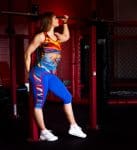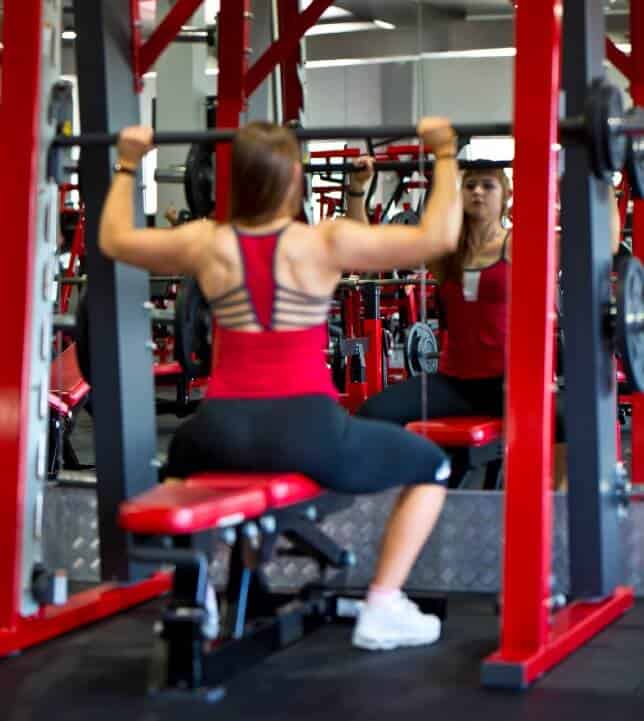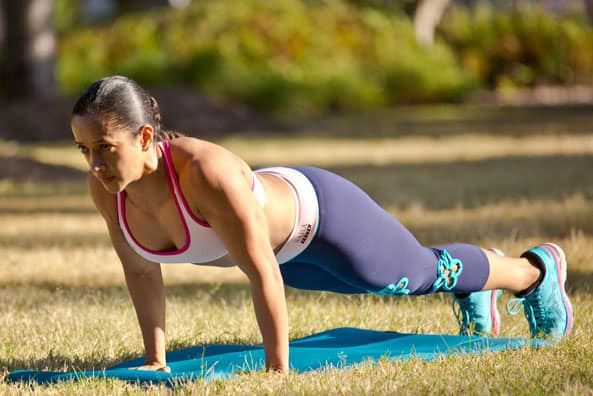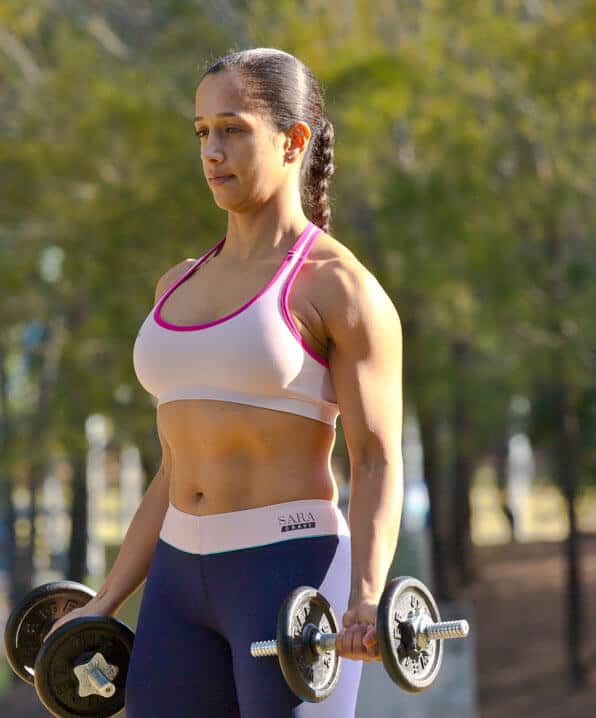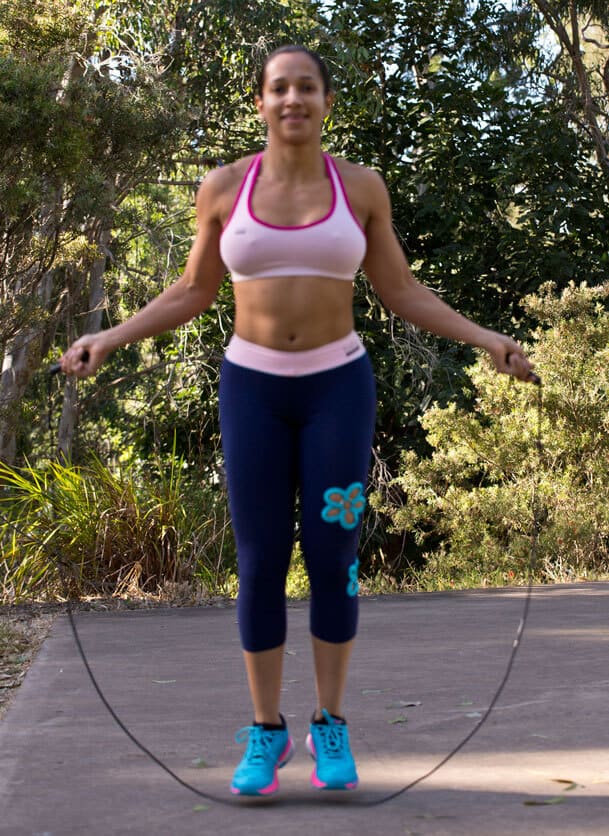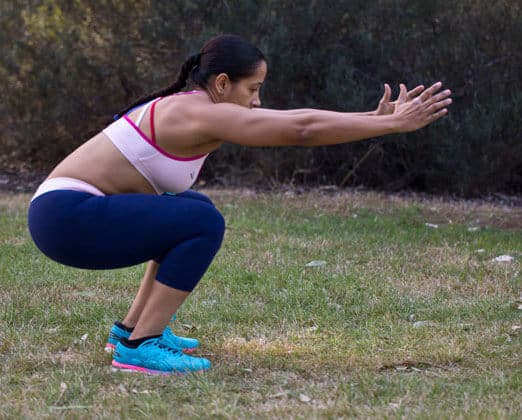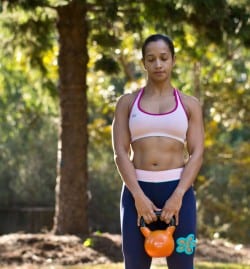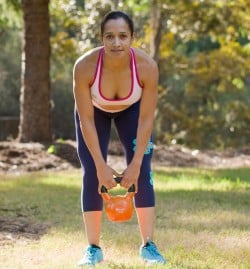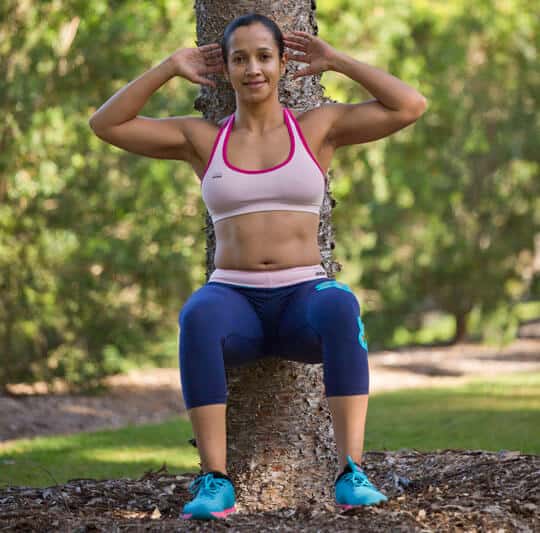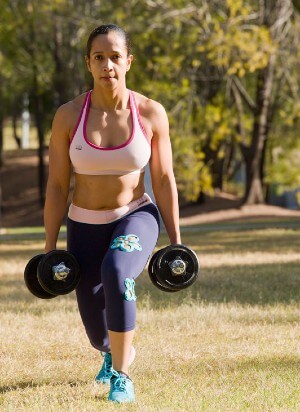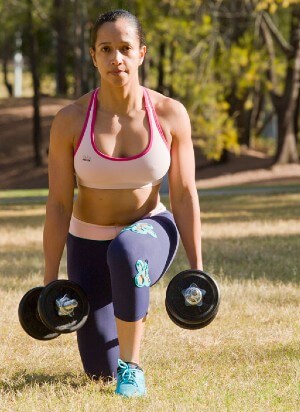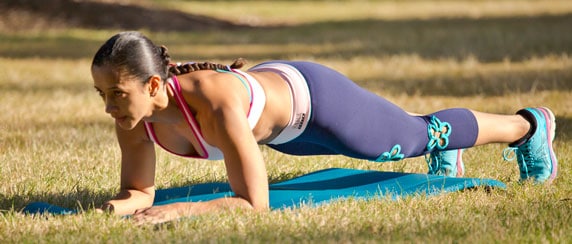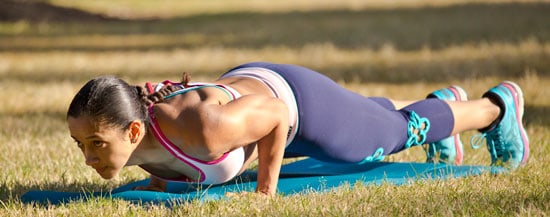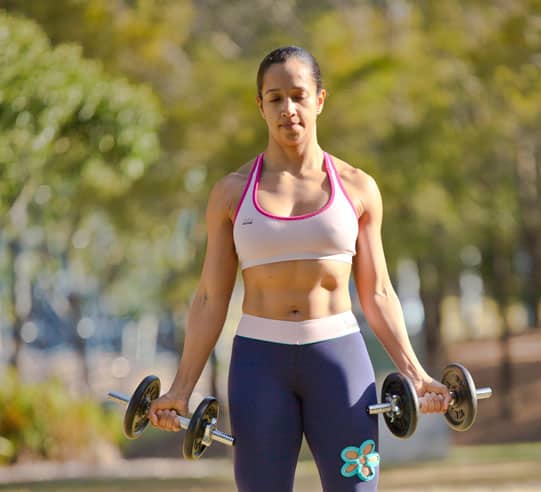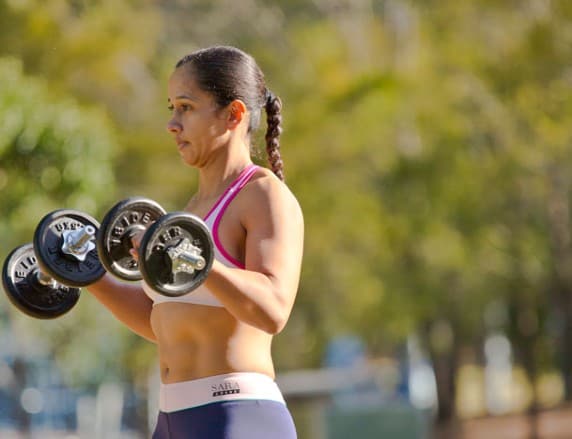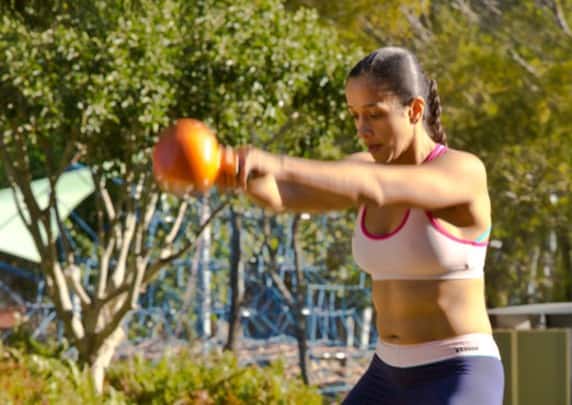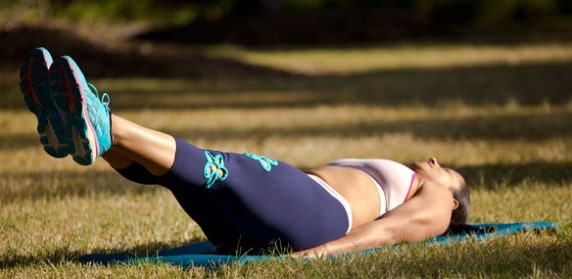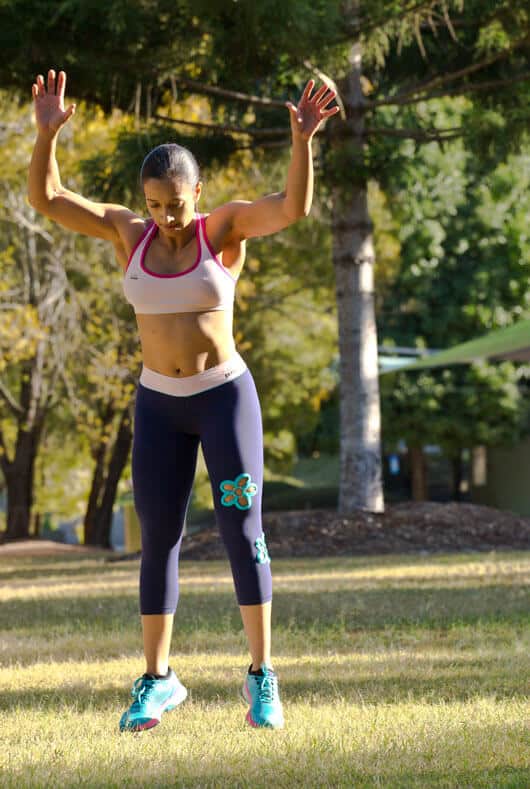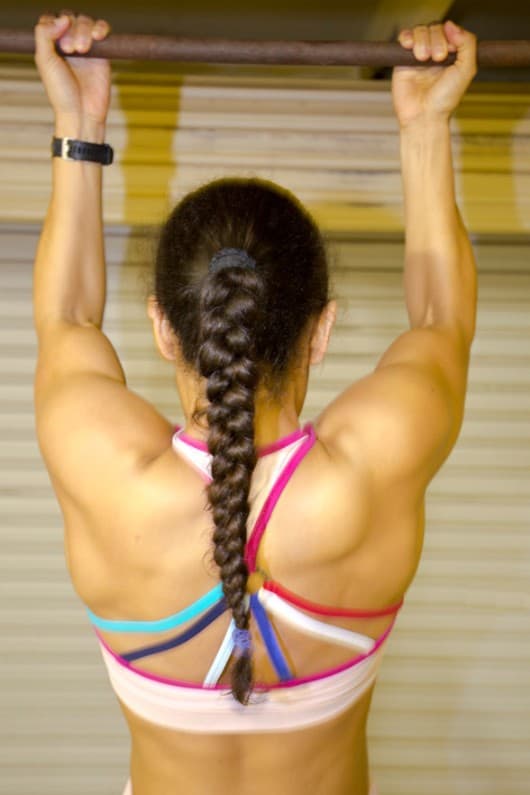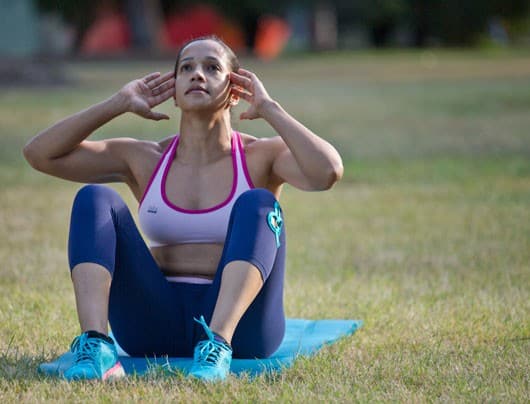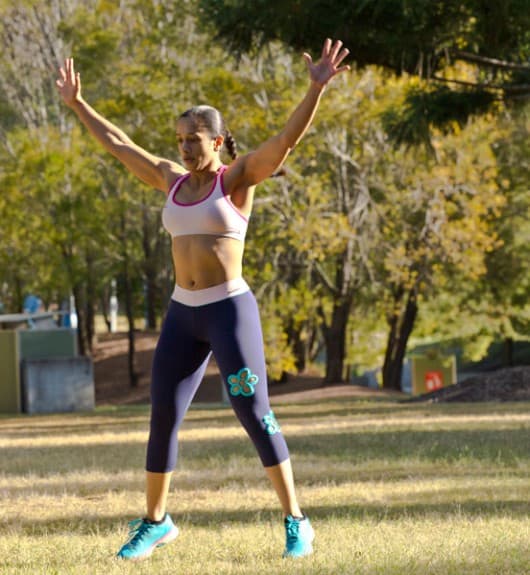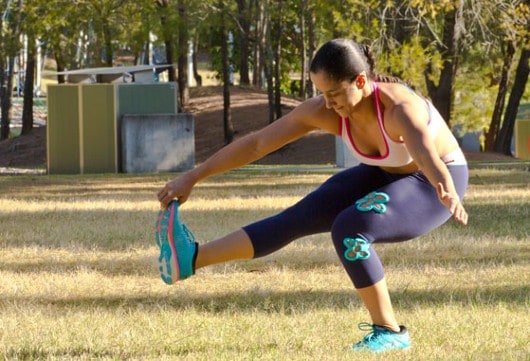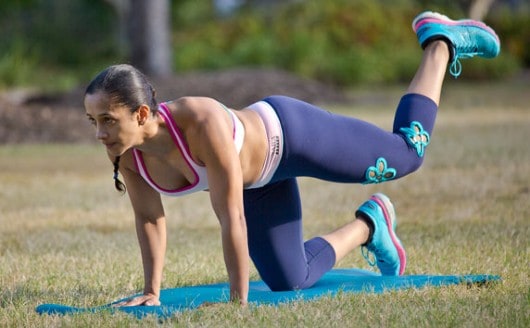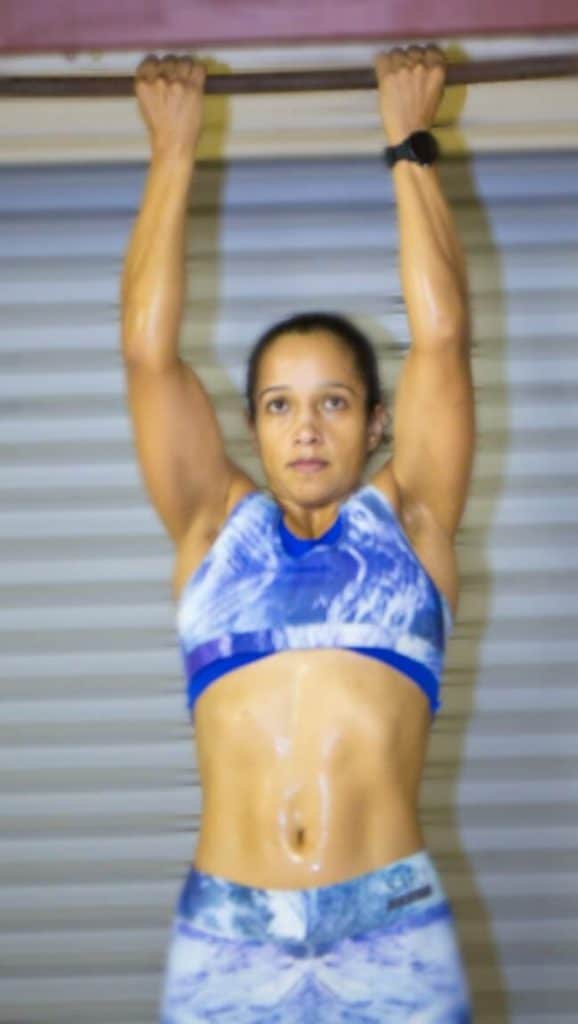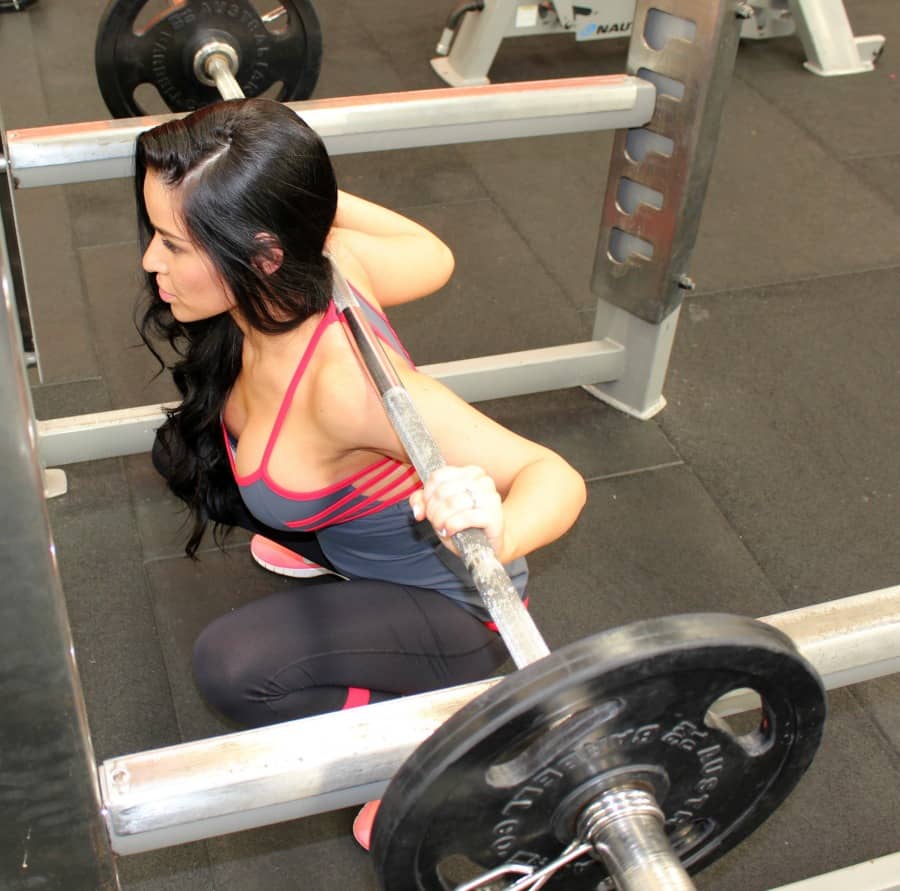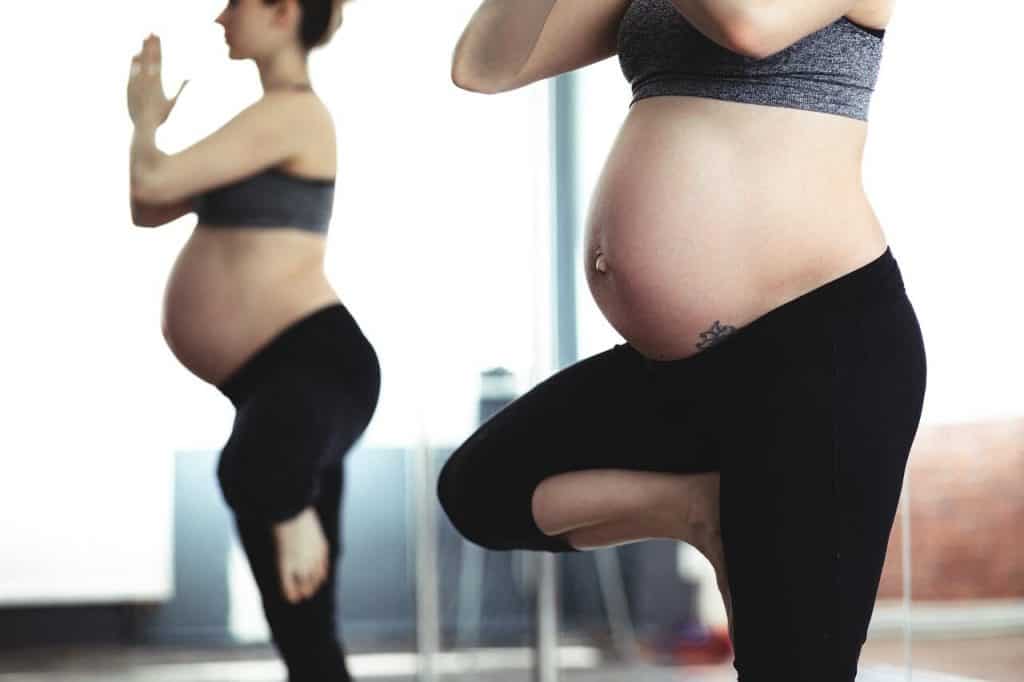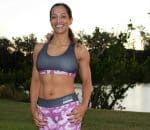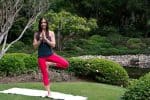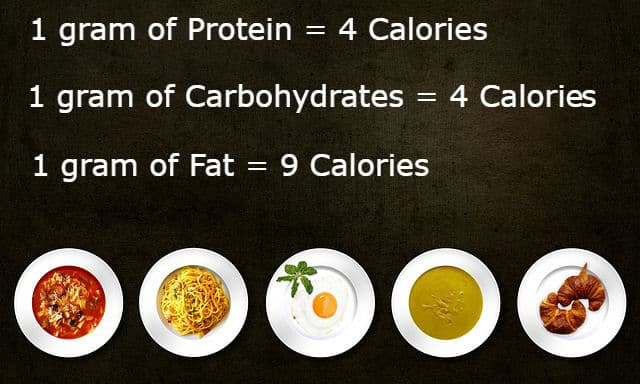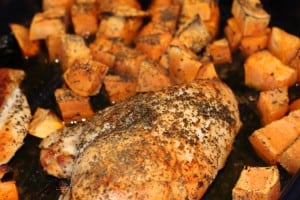Food Quiz; What do your preferences say about You?A food quiz can [...]
Fitness Goals for Women Who Want Results
Why fitness goals for women? Well, it’s so easy to forget that like anything else worth achieving in life, great fitness results need a plan. Random workouts or fitness classes just won’t cut it, if you’re chasing significant improvement.
Exercise helps to deal with hormonal mood swings, improves sleep, it's vital for brain health & memory, and keeps your weight in check. It also helps to prevent osteoporosis and bone loss in older women, so the range of benefits only increases as you age.
When setting your fitness goals, you should be completely honest with yourself. It's essential to set fitness goals you can follow through. You don't have to embark on an overly intense fitness plan; a much less complicated plan with achievable goals will make a significant difference.
It’s important to know that it doesn’t matter where you are on your fitness journey, whether you’re a mum whose never trained before, or a highly trained athlete, all of us need to have a sold plan, if we are going to continue to achieve more.
Body goals motivate us to perform at our absolute best in every workout!
Having fitness goals is the starting point to really commit to how you are going to take action to achieve your personal vision of whatever fitness goals means for you.
If you don’t have a plan, with properly structured goals, I’m sure that you will find your fitness stagnating, if not going backwards.
We don’t want that!
How to Set Fitness Goals as a Woman
Your goals should be long terms goals, for example, setting your fitness goals for the year 2020 or 2021. Your plan should go down to daily goals. Taking a step at a time is a sure way of achieving your objectives.
Before you go to sleep, you must be aware of what you shall be doing the next day. When this becomes a routine, it gives your day a structure and helps to increase happiness and keep you motivated as you achieve your micro goals every day.
It's also vital to avoid comparing yourself with others when setting your fitness goals. Remember, you're setting these goals for yourself and not for others. It also helps to keep track of your progress.
You'll agree with me you can feel extremely discouraged when you see your friends or family making remarkable achievements in their fitness journey, but take it at your pace. Slow progress is still progress, and you can keep improving each day and ultimately achieve your objectives. This happens when physical exercise and a healthy diet becomes a daily routine.
When embarking on a fitness journey, you can set your goals using either the SMART or the SCAMPI program. The SMART programs help you to set specific, measurable, achievable, and relevant and time-bound goals. Let's get a more in-depth look at the SCAMPI program since it's not as common as the former. SCAMPI stands for:
You must set specific goals if you want to realize meaningful achievements. For example, you can say, I want to lose 20kgs in three months to look great on my wedding dress. Looking at this goal, you know what you want and why.
The goals should be not only specific but also challenging. If it isn't, then it's not worth pursuing. For example, why set a goal of losing 20kgs in three months, yet you can lose 30kgs in the same period with more effort?
When setting your fitness goals, your approach/mindset/attitude should be correct. For example, you should lose weight because you want to avoid chronic illness or to please your spouse, but not because you hate how you look.
You should be able to monitor your progress in your fitness journey. For example, if you want to lose 30kgs in three months, you need to track your weight loss per week and month. This will help you in determining your progress.
This means you need to break your big tasks/goals into smaller and more manageable targets. Accomplishing small goals works wonders in achieving your ultimate goals. Your fitness journey should be a daily routine. Again, when you achieve small goals, you're motivated to go for the entire program.
Finally, these goals should be in line with your ambitions and ideals; remember you're doing this for yourself.
Below is an example of some possible smart fitness goals for 2020
1. Working out for 30 minutes five time each week
In a bid to achieve this goal, I make sure I wake up 30 minutes earlier each day for workouts. Before going to bed, I set my alarm to awake at 5.00 am. My first task after waking up is exercise before settling for my daily devotion and meditation, which also takes another 30 minutes. Afterward, I take my shower, dress up, take my breakfast, and proceed with my daily work.
2. Doing yoga once a week
Each Saturday after work, I engage in yoga for at least 30 minutes. This helps to keep my spine, muscles, and joints flexible and open, besides preventing injuries. Additionally, it helps to release the stress and tension I have built up over the week leading to a more balanced mind and body.
3. A three-minutes plank each day
In my daily workouts, I have made it a routine to include a three-minute plank. This is next to impossible for most of us, but it's achievable. Initially, I started with a 20 second plank, but in six weeks, I will be able to hold a three minute plank.
4. Building strength
Surprisingly you don't have to visit the gym for strength training; I do it at home. I have several weights that I use for these exercises. If you don't have funds to purchase weights, you can improvise by making weights out of every day objects.Common Fitness Goals for women
The following are some of the most common fitness goals for ladies.
- Losing fat: If you want to lose fat, you must implement the right practices to achieve the goal. For example, you'll need to cut down on lousy carbs, build your muscle tissue, and eat better to stabilize blood sugar levels besides reducing your caloric intake.
- Building muscles and getting stronger: Hard and progressive resistance training is one of the best ways of achieving this goal. You must also eat properly to provide your body with the right nutrients required for strength and growth.
- Improving endurance: A daily 20-30 minutes of high-level progressive training using a stepper, rower, or similar devices will help to improve your endurance. Body-weight circuits and boot camp workouts will achieve the same results. Ensure the exercise you choose gets your heart rate up. Initially, you'll experience some discomfort.
- Improving athletic skills: If you want to be a better sportsperson, say a tennis player, basketballer, or footballer, it's vital to improve your athletic abilities. This will come via consistent practice. Actively practicing a specific skill helps to improve it.
- Increasing flexibility: Genetic endowments affect your joints flexibility. Your skeletal structure controls movements in your bones. Active stretches and static stretches help increase your flexibility
- Sculpt, tone and firming up: Toning is about building muscles and losing fat. Firmness is related to toning since you can only "firm" muscles by losing fat and strength training.
Genetics determine muscle belly size. For example, some individuals have long muscle bellies while others have short muscle bellies. Strength training helps in sculpting muscles. Ladies can rely on squatting, cardio machines, and dead-lifting heavyweights to tone up and fix any soft spots.
Some Realistic Fitness Goals
I’m always stressing the need for having fitness goals. But the most important thing isn't to just have goals but to set realistic fitness goals.
The first question your fitness trainer will ask you is what you want to achieve in your fitness journey. The answer helps them to develop a clear path that will take you to your destination.
If you're able to measure your progress, and the goals are realistic, the following are some of the realistic fitness goals that women can make.
- Fitness as a Routine
If you aspire to keep fit, you must make fitness a routine. Although there's nothing wrong with shaping up for a specific event such as a wedding, bikini season, or a reunion, if you want to the best from your fitness journey, you should make it a routine.
A long-term approach should be your primary aim. It's possible to keep your gym goals, wake up in the morning for your workouts or schedule them in the evenings after work, and adhere to your calendar. Finding a workout partner is one of the best ways of making fitness a routine.
You must also be deliberate about your training and investing in a few workout devices besides a gym subscription. Your aim should be to establish your fitness goals and work each day towards them. By the time you're achieving them, you'll be completely hooked to them that you'll not consider abandoning them.
- Master a skill
It's possible to master any skill provided you set realistic goals. For example, you can choose to learn to lift weights, Pilates, or boxing. In this case, you need to set specific goals, including a daily routine that will take you to the destination.
Writing down the goal helps to give the skill the much-needed boost. It's vital to set deadlines and milestones from your journey. If you've never been motivated about fitness, choose a specific skill, and direct your energies to master it.
It's possible to master any fitness skills as long as you're ready to pay the right price. Alternatively, you can work with an accountability partner; say your trainer or spouse, to motivate you in achieving your set fitness goals.
- Lowering Body Fat
You'll hear most ladies saying they want to "lean out." This simply means they want to lose body fat. Your goal should be to lose body fat and gain muscle mass. Fat takes more space in your body compared to muscle fibers.
Talk to your trainer about how much fat you want to lose. You can determine your body fat composition via simple methods such as using a body-comp scale, or a skin-fold caliper. These methods will only give an estimate, which varies in accuracy depending how experienced you are at taking these measurements; accurate results come via lab tests, although they are more expensive.
Once you get your results, your gym trainer will help you in choosing the best workouts to help you achieve your goal. The main objectives are to shift your body composition by shedding extra fat and gaining muscle mass.
- Getting stronger
As a woman, you may never bulk up if you don't consider getting stronger. It's easier to quantify getting more energetic compared to toning up. When ladies want to build muscles, they refer to this as "toning up." You can measure strength by the number of push-ups you can do, the number of reps or the weight you can lift. A good starting point that will help you with this is our one rep max calculator.
Building strength should be the goal of any woman. How easy you lift that grocery bag, your suitcases, or buckets at home indicate your level of power. You can also check on your muscle definition in your mirror. Interestingly you can be strong but skinny.
- Train for an event
Under some circumstances, you can shape up with a deadline, like when training for a fitness event. Some individuals are deadline-oriented; thus, a specific target may motivate them to work effortlessly and keep up with the training.
For example, you can sign up for a marathon and train to be the winner. Once the workout becomes a habit; chances are you'll continue exercising even after the event is over.
The role of diet in keeping fit
A healthy diet should be one of your main focuses in keeping fit. Eating right helps your body to access the right nutrients required to build muscles, lose fat, and reduce the risk of illness. Healthy eating is part of smart fitness goals. Healthy eating is an essential part of a good fitness program.
Eating right isn't choosing fruits over doughnuts; it means taking the right foods and at the right time. You must learn the importance of a healthy breakfast, meal plans, and workout snacks, if you have an issue with proper nutrition for fitness, you can seek the help of a nutritionist.
Although dietary intake for each individual differs, your meals should typically include fresh fruits and vegetables, whole grains, adequate proteins, nuts and legumes, and sufficient water intake. For example, fruits and vegetables provide vitamins, minerals, natural fiber, and other compounds required for a healthy body.
You should aim for the "super foods" or the nutrient-dense foods that are rich sources of mineral, vitamins, and antioxidants. Some super foods contain substances that aid in burning body fat. For example, red peppers contain capsaicin, compounds that are efficient in burning fat.
This article on healthline has some good pointers on a healthy balanced diet.
You can learn more about healthy eating, and creating the perfect diet for you, in the following posts;
Recipes & Food
Food Quiz: Food Preferences and Personality
Recipes & Food
Diet Plan, The Truth About How To Lose Weight
Diet plan for healthy weight loss; Maintain a healthy clean diet, and [...]
Over to you!
Keeping fit should be the goal of each woman. Your daily choices determine your health. Although you may not have everything under your control, some habits and approaches you take will make a significant difference in your fitness.
Personally, I get loads of satisfaction from being able to recognize that I’m achieving my fitness goals consistently, no matter what else is going on in my life.
Exercise and diet remain the two primary attributes that contribute to your fitness. Since you have control over these two, make the best use of them when setting your fitness goals.
The following will help you get these right;Fitness Training
13 Greatest Myths About Strength Training
Greatest myths about strength trainingMyths about strength training have been around since [...]
Recipes & Food
31 Easy Clean Eating Recipes
To help you plan a months worth of healthy meals, all with [...]

